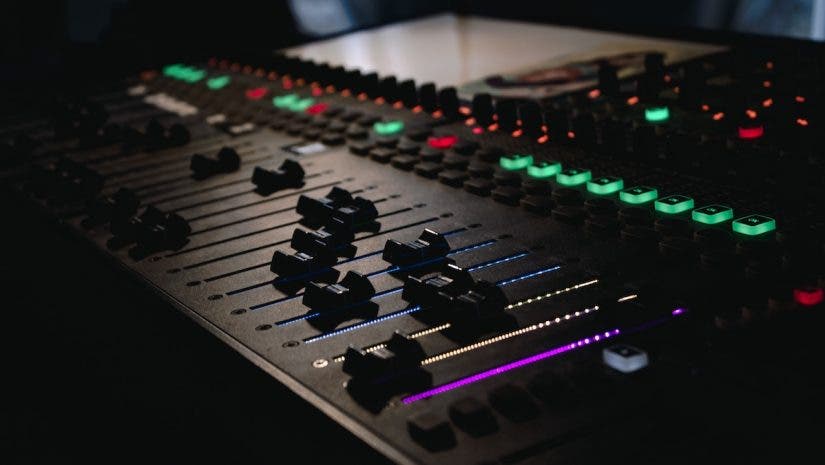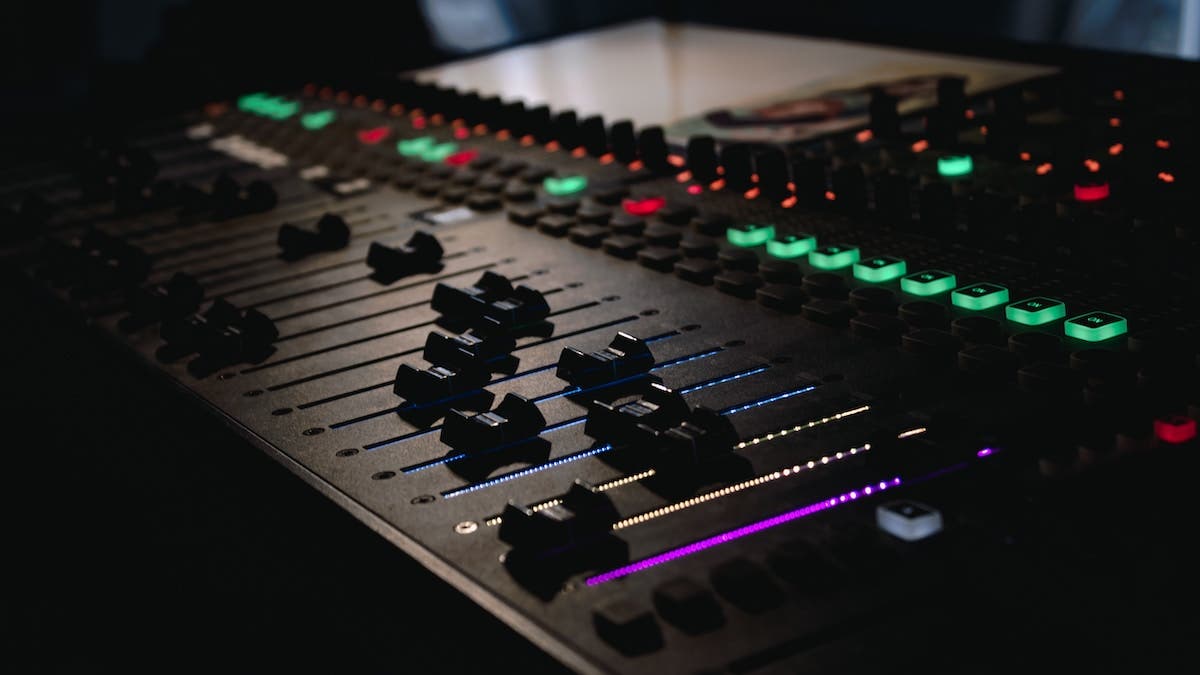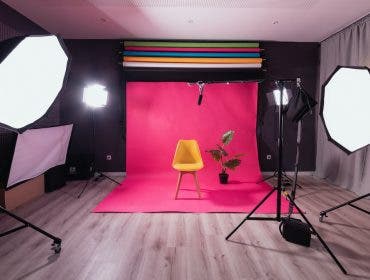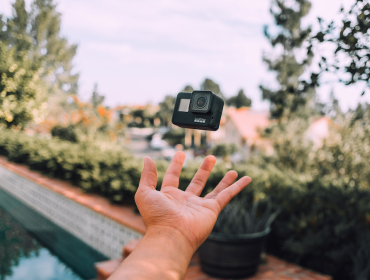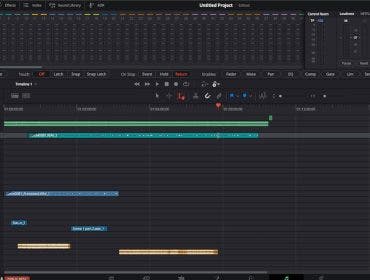Sound boards can be pretty daunting at first glance. There’s a wide array of faders, knobs, and buttons on the surface, plus a host of inputs and outputs on the backside of the board. If it’s your first time dabbling with audio and signal flow, chances are the sound board is an intimidating piece of equipment. That’s a reasonable reaction to what looks like such a sophisticated tool.
In reality, even sound boards of different makes and models all perform similar functions. And as you approach a board for the first time, if you’re able to learn how one of its channels works, you’ve basically learned the rest of them. We’ll uncover the basics of how a sound board operates, including its essential functions and purposes.
What is a Sound Board?
A sound board is a device that combines and routes multiple inputs to a common output. Inputs include XLR microphones, ¼” line-level instruments, RCA components like DJ turntables, and other auxiliary sound sources.
The board’s job is to:
- Provide the necessary connections for various sound sources
- Allow the engineer to blend, or “mix,” all audio signals together and route them to a main output (usually speakers)
A sound board, especially one for live sound or broadcast, is most often referred to as a mixer, or simply “board” for short. Studio recording and mixing sound boards are most frequently called consoles or desks.
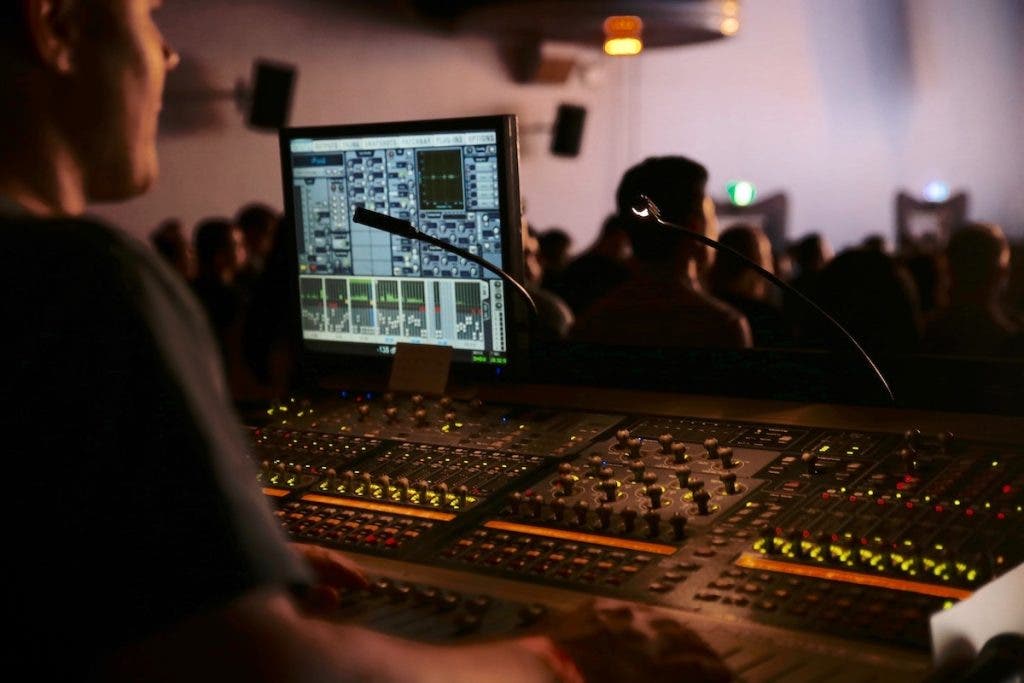
Who Uses a Sound Board?
Audio engineers make use of sound boards, or mixers, on a regular basis for a variety of purposes. A mixer is the centerpiece of a live sound reinforcement system for front-of-house (FOH) engineers at theaters and venues. Broadcast engineers for live television, streaming, and radio utilize boards to consolidate, mix, and route numerous audio sources to the appropriate output for consumers. Some boom operators or on-set engineers might also take advantage of a mixer to record multi-channel production audio for TV and film.
Finally, recording and mixing engineers work on classic consoles, like SSLs and Neves, for the iconic analog characteristics they impart on a recording and/or a full mix. These types of boards, found in professional recording studios, are impractical for live sound and broadcast. Although they do have a desirable sound quality that most of today’s digital mixers simply do not.
Key Components of a Sound Board
Modern digital mixers for live sound and broadcast, like the popular Behringer X32, are more refined in function than an analog console you’d find in a recording studio. That is to say they ditch the hundreds of individual channel knobs and buttons for several universal sections that operate per selected channel.
Digital mixers also have the advantage of savable templates for quick mix recall. This means engineers can save presets and use them as a foundation to fine-tune a new mix for the given show or performance. Today’s digital sound boards are spiritual successors to timeless analog consoles, with a more streamlined workflow better suited to fast-paced environments like stage and broadcast productions.

Inputs/Preamps
Mixers have versatile inputs equipped for varying connections — namely, XLR inputs for incoming microphones. Low-level mic signals require a preamp to boost the volume up to a useable level, so mixers also come with onboard preamplifiers for this purpose.
On some boards, you’ll also find an attenuation pad at the input stage on a channel (for loud sound sources), a high-pass filter (to cut out unnecessary low-end), and +48V phantom power for condenser microphones.
EQ
Depending on the mixer and how it’s configured, the signal may flow from the input/preamp stage to an equalizer. In live and broadcast mixing, as well as the recording studio, EQ is one of the most important and powerful tools engineers have.
Live sound engineers are required to “ring out” new sound systems when they’re first installed, and double check any new microphones or inputs that may be introduced from gig to gig. This involves turning a microphone’s preamp gain up until it begins to feed back, and notching out the ringing frequency using the channel’s EQ. If an outboard graphic EQ is available, they can ring out the entire system at once, but taking each input individually offers additional protection from feedback.
That’s just one utilitarian use of EQ in live sound. Of course, it’s also there to help shape the sound of instruments, cutting excess lows, reducing resonances, and making sure everything fits together in the mix. Equalization is a major component of every sound board.
Dynamics
Many larger mixers also have a dynamics section, typically consisting of compression and a noise gate. Compression helps even out the dynamic range of a performance. In other words, it helps bring the quieter parts of a performance up and the loudest parts down. This is just as helpful in live sound and broadcast engineering as it is in the studio. It gives you the ability to level the playing field, so to speak. If you operate it like another gain stage, you can get a relatively balanced mix across instruments between preamp gain and compression, then use individual channel faders to refine the mix and ride volumes on the fly.
A noise gate is another handy feature included in the dynamics section of most digital mixers. Gates allow engineers to automatically mute signals below a user-set threshold in volume. Think about a guitar amplifier that’s buzzing away on stage. You won’t hear it while the guitarist and the whole band plays, but as soon as the band stops and the singer introduces the next song, that buzz would be coming through the main speakers. With a noise gate, you can block the hum from hitting the speakers, and the gate will only open up when the guitarist plays normally.
You can apply gates judiciously across multiple channels to ensure the most noise-free experience for an audience. The dynamics section of a sound board is indispensible.
Channels/Faders
Once the signal from a microphone or instrument has entered the sound board and gone through the input/preamp stage, the EQ, and the dynamics section, you’re left with a final gain stage at the board’s fader. Faders are volume sliders that give engineers hands-on control over a mix. These are probably the most recognizable component of a mixer or console.
When a fader is set to 0dB, it’s called unity gain. If you’ve managed to connect a full production to a mixer and set every fader to 0dB with no clipping, no distortion, and additional headroom left, then you’ve achieved unity gain. That doesn’t mean that the mix itself is “perfect,” or even sounds good. But it means that each connected signal hasn’t overloaded the master channel into clipping. Using each channel’s fader, you can further adjust the mix to taste.
Next, each channel usually includes a mute and solo button positioned above the fader. The mute button becomes especially useful in multi-medium performances including music and speech, so you can cut off unused signals for the cleanest possible sound at all times. Briefly monitoring individual channels in solo also helps engineers identify potential problems — “Where’s that buzz coming from?” — or put the finishing touches on an instrument.
Master
Finally, we have the master section, sometimes labeled Control Room (CR). This is the final stereo channel that all of a board’s individual channels route to at the end of the line. Sound boards will have physical master outputs which, in the simplest setup, feed a pair of PA speakers.
Most digital mixers let you apply additional processing to the master channel, such as EQ and/or compression. It’s the last chance to make small adjustments before a mix hits the speakers or goes to a streaming system for broadcast.
As a rule of thumb, if you can set your master fader to 0dB (unity gain) without clipping, then you’ve done a great job of gain-staging your mix across all other channels!
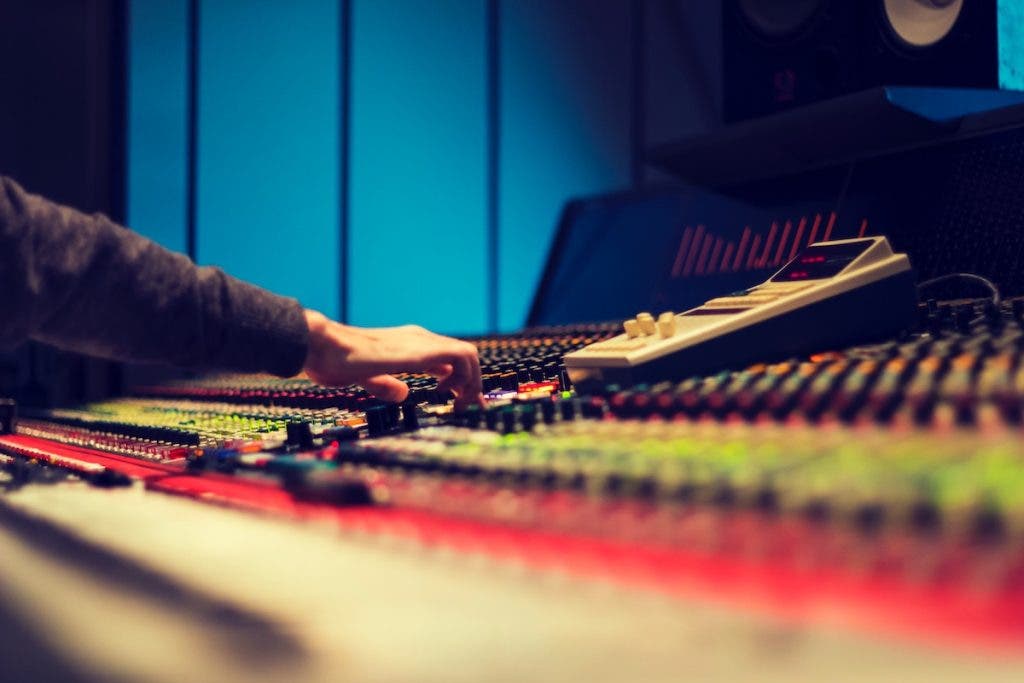
Conclusion
If there were a single piece of equipment to define an audio engineer, it would be the sound board — the mixer, the console, the desk. This ubiquitous device plays a major part in bringing audio productions to life, even in today’s world where so many audio tasks are performed in-the-box (strictly with computers and minimal hardware). It’s hard to imagine a future where the mixer goes away, particularly in multi-channel live sound reinforcement and broadcast sound, where quick, hands-on control and numerous physical connections are of paramount importance. The sound board may seem unapproachable at first, but by understanding the general concepts, these tools simplify complex routing and processing chores with ease.
